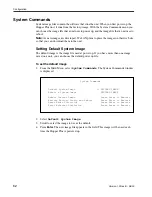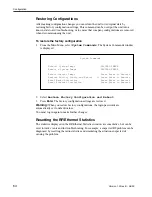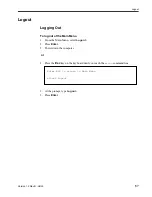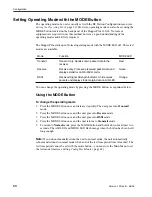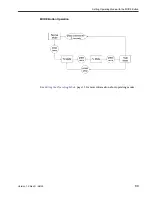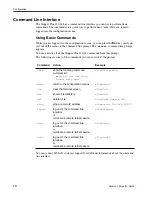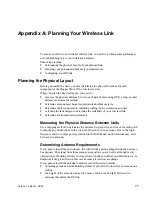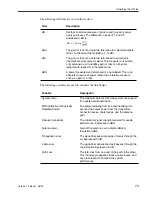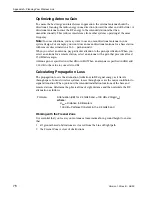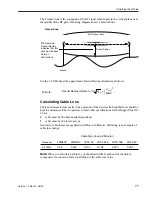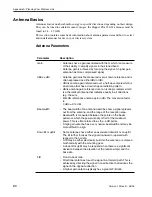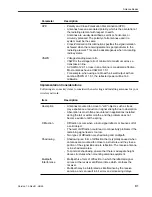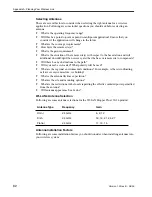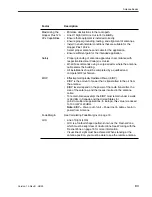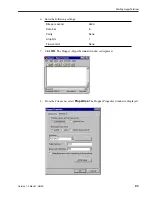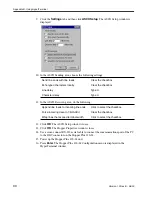
Optimizing the RF Link
Version 1.0 Rev B - 08/00
75
Calculating EIRP (Effective Isotropically Radiated Power)
EIRP is the power radiating from an antenna, taking into account the output power from
the transmitter, the connector and cable losses, and the antenna gain.
Unlike the Tx output
power of the devices, EIRP is subject to both antenna gain and cable losses
.
Many antennas provide a
directional gain, which can increase the effective radiated power. Losses such as cable
losses subtract from this amount. You calculate the EIRP as follows:
Formula:
EIRP = Tx Power (dBm) - Cable Losses (dB) - Connector Losses
(dB) + Antenna Gain (dBi)
Note:
The FCC regulatory body has set the EIRP limit to +36 dBm for
point-to-multipoint applications per FCC 15.247(b)(3)(i).
For point-to-point applications, the FCC EIRP can be 3 dB higher
than +36 dBm for every 1 dB less Tx power below 30 dBm.
Industry Canada specifies the EIRP limit to
≤+
36 dBm as per
RSS-210, 6.2.2(p).
In accordance with ETS 300-328 for 2.4 GHz RLANs, the maximum
EIRP shall not 20 dBm, with a maximum SPD (Spectral
Power Density) not exc10 dBm/MHz. Confirmation is
required with the relevant European national radio communications
local authority for deviations from this specification.


